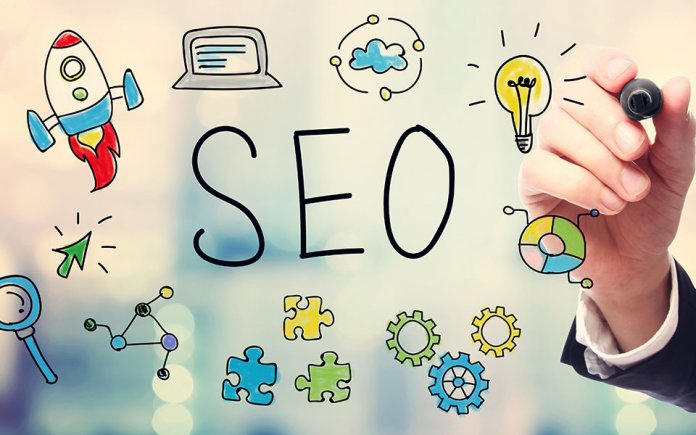When you start optimizing your site for search engines, there are many factors to keep in mind that have a direct impact on the optimization process, from keywords and image tags to interactions with social media.
Many of us make the following common SEO mistakes. It is very easy to fix them.
1. Lack of content
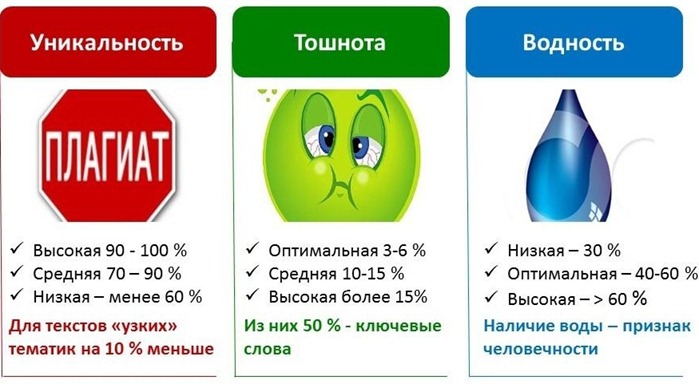 It is difficult to overestimate the importance of content for your website. The task of information search engines is to display the best suitable sites at the request of people who want to find certain information. If your site contains high-quality and meaningful information materials, search engines will consider your site as one of the suitable sites. Be sure to check the compliance of the materials with the declared theme of the site, not to mention the absence of spelling and grammar errors. In addition to the text, there must be links, photos, videos and other informational materials. Tips for writing sales texts for the site we have already told the readers in our article.
It is difficult to overestimate the importance of content for your website. The task of information search engines is to display the best suitable sites at the request of people who want to find certain information. If your site contains high-quality and meaningful information materials, search engines will consider your site as one of the suitable sites. Be sure to check the compliance of the materials with the declared theme of the site, not to mention the absence of spelling and grammar errors. In addition to the text, there must be links, photos, videos and other informational materials. Tips for writing sales texts for the site we have already told the readers in our article.
2. Lack of ALT tags, which are part of HTML tags
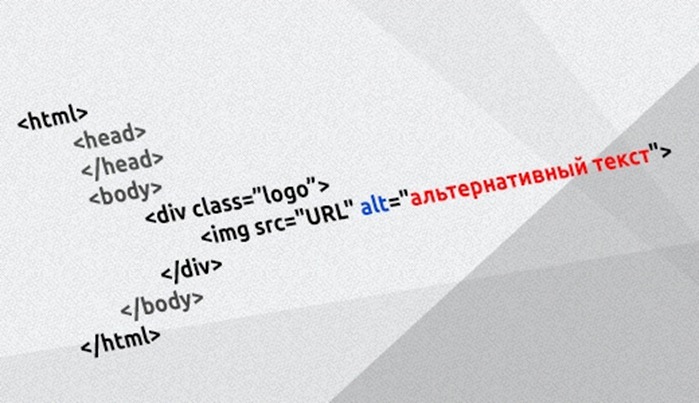 Alt tags, also called alt texts, describe images on your site. Search engines cannot read images, so adding an alternative text tag gives them a description of the image that they are able to read. This, in turn, helps search engine spiders take into account the specified information about the picture along with the text information. Let's look at an example. Suppose you have a photograph of the sun at sunset in very bright colors. You can give her the following alt tag description: orange-red sunset in summer. But in the hopes of getting better site optimization results, don't use words that don't describe the image. There will be more harm than good. It can manifest itself in lowering the ranking of your site.
Alt tags, also called alt texts, describe images on your site. Search engines cannot read images, so adding an alternative text tag gives them a description of the image that they are able to read. This, in turn, helps search engine spiders take into account the specified information about the picture along with the text information. Let's look at an example. Suppose you have a photograph of the sun at sunset in very bright colors. You can give her the following alt tag description: orange-red sunset in summer. But in the hopes of getting better site optimization results, don't use words that don't describe the image. There will be more harm than good. It can manifest itself in lowering the ranking of your site.
3. Excessive keywords
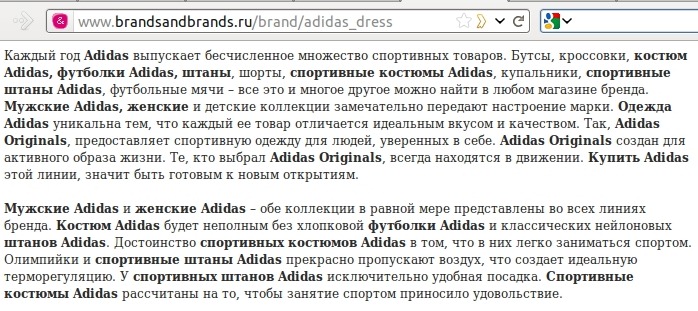 A long time ago, when search engines were looking at keywords mostly, the popular approach was to cram as many of them as possible. Nowadays, an excess of keywords can lead to punishment or even the danger of being banned. Concentrate on one or two keywords or phrases and subtly distribute them throughout the text. Stick to a keyword density of one to three percent. So, for every 100 words, use your keyword at least once, maximum three times.This approach will give you a high optimization rate.
A long time ago, when search engines were looking at keywords mostly, the popular approach was to cram as many of them as possible. Nowadays, an excess of keywords can lead to punishment or even the danger of being banned. Concentrate on one or two keywords or phrases and subtly distribute them throughout the text. Stick to a keyword density of one to three percent. So, for every 100 words, use your keyword at least once, maximum three times.This approach will give you a high optimization rate.
4. Excessive amounts of interactive web animations
 Flash technologies (interactive web animation technologies) are software used to create colorful, animated, spectacular websites with a lot of graphic and lighting effects. At first glance, they may look great, but, unfortunately, they are inconvenient for the user to use and difficult to optimize. For the above and for a number of other reasons, an increasing number of website developers began to gradually abandon Flash technologies. It is difficult for search engines to read Flash information. The use of such technologies can also lead to the fact that the performance of your site is significantly reduced. Signs of deterioration will be an increase in the bounce rate and a downgrade in the rating. Of course, Flash technologies are not completely useless, but you have to tinker with them.
Flash technologies (interactive web animation technologies) are software used to create colorful, animated, spectacular websites with a lot of graphic and lighting effects. At first glance, they may look great, but, unfortunately, they are inconvenient for the user to use and difficult to optimize. For the above and for a number of other reasons, an increasing number of website developers began to gradually abandon Flash technologies. It is difficult for search engines to read Flash information. The use of such technologies can also lead to the fact that the performance of your site is significantly reduced. Signs of deterioration will be an increase in the bounce rate and a downgrade in the rating. Of course, Flash technologies are not completely useless, but you have to tinker with them.
5. Expectation of immediate results
 Many people make the mistake of expecting that as soon as they create a site, it will immediately appear in the search results. The point is that SEO optimization is a long and constantly evolving process. Therefore, do not be discouraged if your site does not instantly take off to the top lines in the search results. It will take several months or more for it to finally get indexed and appear in search engines. So just keep working on the optimization and over time, the investment will pay off.
Many people make the mistake of expecting that as soon as they create a site, it will immediately appear in the search results. The point is that SEO optimization is a long and constantly evolving process. Therefore, do not be discouraged if your site does not instantly take off to the top lines in the search results. It will take several months or more for it to finally get indexed and appear in search engines. So just keep working on the optimization and over time, the investment will pay off.
6. Insufficient attention to the use of social networks
 Social media and SEO are tightly linked, and their collaboration is mutually beneficial. Social media provides credible backlinks to your site. They can make your name famous. They can increase traffic to your website, which is the main goal of SEO optimization. The stronger and more extensive your connections with social networks, the higher your chances of winning the top positions in the rankings.
Social media and SEO are tightly linked, and their collaboration is mutually beneficial. Social media provides credible backlinks to your site. They can make your name famous. They can increase traffic to your website, which is the main goal of SEO optimization. The stronger and more extensive your connections with social networks, the higher your chances of winning the top positions in the rankings.
7. Broken links
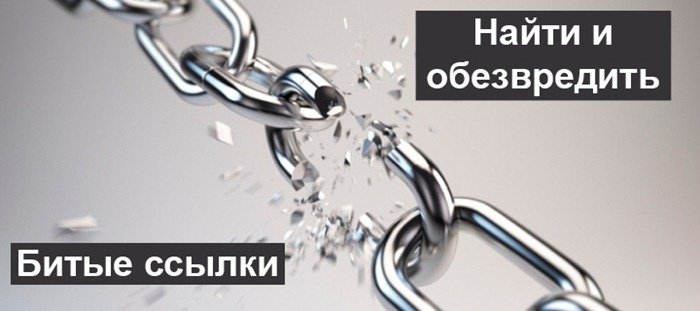 Check your links often. If they are not working, then it can do a lot of harm to SEO optimization. Search engines choose high-quality sites for inclusion in search results. A site with broken links and / or images has no chance of being classified as such. You will, of course, need to fix any backlinks that lead to non-existent pages. The free complex of systems Google Webmaster Tools will help you to cope with this task.
Check your links often. If they are not working, then it can do a lot of harm to SEO optimization. Search engines choose high-quality sites for inclusion in search results. A site with broken links and / or images has no chance of being classified as such. You will, of course, need to fix any backlinks that lead to non-existent pages. The free complex of systems Google Webmaster Tools will help you to cope with this task.
8. Lack of site updates
 It is very important to constantly take care of the relevance and updating of information on the site. Updating the content of the site will lead to the fact that it will be indexed more often. Of course, this is not a guarantee that his rating in the SERP will increase. But the chances of promotion for a site with up-to-date quality material are very good. The actual content contains relevant keywords. Google loves content that is relevant, so make sure it is!
It is very important to constantly take care of the relevance and updating of information on the site. Updating the content of the site will lead to the fact that it will be indexed more often. Of course, this is not a guarantee that his rating in the SERP will increase. But the chances of promotion for a site with up-to-date quality material are very good. The actual content contains relevant keywords. Google loves content that is relevant, so make sure it is!
9. Ignoring Keyword Analysis
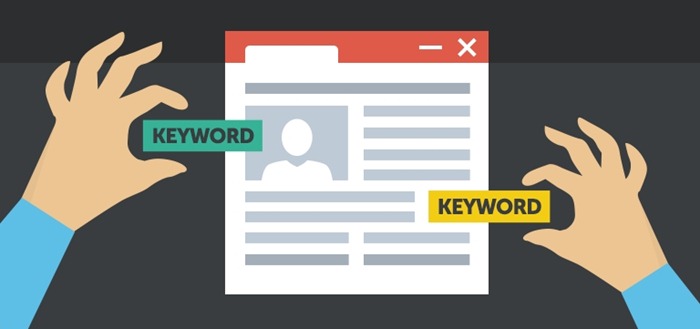 The purpose of keyword analysis is to find out what words and phrases your target audience uses to find the information they need. You need to find out what these words are. Then you can include them in the communication materials on your website. Don't even try to guess what people are looking for. Keyword analysis is one of the most important steps in SEO optimization. There are many free software tools available to help you do this kind of research.
The purpose of keyword analysis is to find out what words and phrases your target audience uses to find the information they need. You need to find out what these words are. Then you can include them in the communication materials on your website. Don't even try to guess what people are looking for. Keyword analysis is one of the most important steps in SEO optimization. There are many free software tools available to help you do this kind of research.
10. Neglecting the Title Tag
 The title tag is the title of the html document used by the search engine when you search. It is visible in the browser window when your web page is open. It is necessary for the title to accurately and concisely articulate the main idea and content of the content on the web page so that search engines and people can find it easier. The title tag should be short and not longer than 70 characters. It should be rich in keywords. Do not use non-speaking words about anything: pronouns, conjunctions, and so on. Each page of the site needs its own title tag.Personalize it for that particular page.
The title tag is the title of the html document used by the search engine when you search. It is visible in the browser window when your web page is open. It is necessary for the title to accurately and concisely articulate the main idea and content of the content on the web page so that search engines and people can find it easier. The title tag should be short and not longer than 70 characters. It should be rich in keywords. Do not use non-speaking words about anything: pronouns, conjunctions, and so on. Each page of the site needs its own title tag.Personalize it for that particular page.

